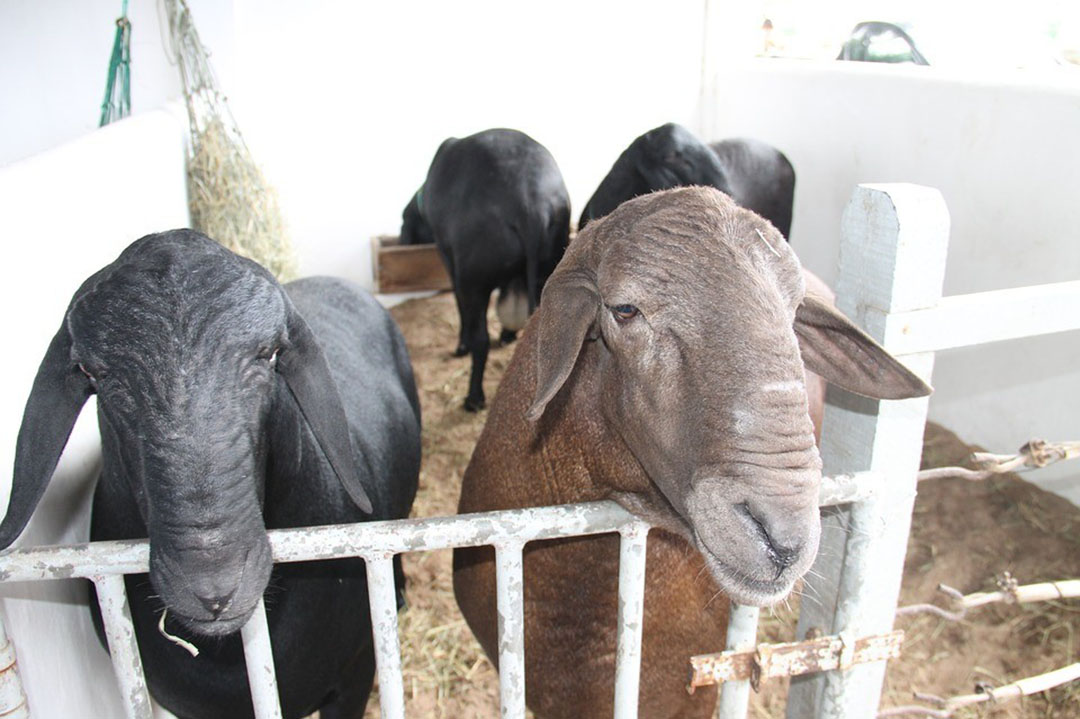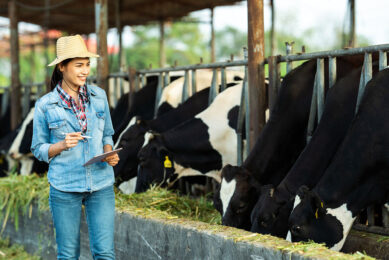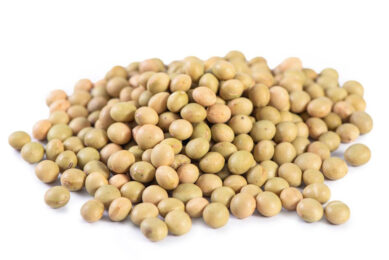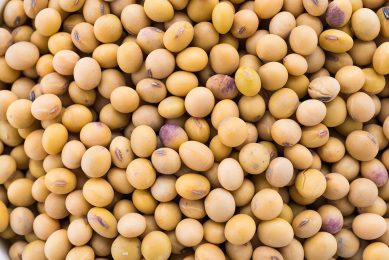Raw soybeans for sheep to reduce feed costs

Adding raw soybeans in the diet of sheep increases milk yield. This is according to Brazilian research.
The study, published in Animal Feed Science and Technology, aimed to evaluate the effects of increasing levels of raw soybeans on milk yield, composition, and fatty acid profile in ewes, and their lambs’ performance.
The Santa Ines breed
Milk is the first food that the newborn ingests, and the lamb’s survival and development are directly linked to dam milk yield. The use of nutritional strategies that affect milk yield and composition may contribute to increase the lambs’ development, acting as an additional tool to allow the slaughter of young animals, and providing better quality of carcass. In addition, the evaluation of milk yield and composition from the Santa Ines breed also provide an opportunity to obtain parameters to investigate maternal ability in this breed. Studies on the Santa Ines breed, which is the main Brazilian native beef sheep breed, are necessary to get solid scientific data in order to select it.
Decreases in ruminant performance can be associated to lipid levels in diet. Earlier research observed that the inclusion of canola oil in dairy cows’ diet makes the milk fatty acids profile nutritionally healthier for human diet, however, cows’ performance was reduced. In this context, the supply of unsaturated fatty acids from raw soybeans may be an alternative to increase the lipid level on diet, while not affecting dam performance. This is why the researchers chose to include soybeans in the diet of the ewes and see what it does to milk yield and lamb performance. For the study, 56 Santa Ines ewes (63.9 ± 0.76 kg BW) were assigned to a randomized complete block design to receive 1 of the 4 diets containing 0 (CONT), 70, 140 or 210 g/kg DM of raw soybeans. Isonitrogenous diets (150 g/kg DM of CP) were composed of 400 g/kg DM of in natura sugarcane bagasse as roughage source and 600 g/kg DM of concentrate.
Increased milk yield
The maximum milk yield was obtained when 70 or 140 g/kg DM of raw soybeans were added on diet, probably due to increases in the diet energy density. The milk production efficiency and milk contents were not affected by treatments. Although milk fat content did not change among treatments, the milk fatty acid profile had several changes. The supplied raw soybeans levels decreased short and medium chain fatty acid concentrations in milk.
Recommended inclusion rate
The addition of 140 g/kg DM of raw soybeans is recommended because it increased milk yield, with no detrimental effect on milk production efficiency, milk components and lambs performance. The use of raw soybeans can be an important strategy for reducing feed costs since, in most cases, the price of raw soybeans is lower than its meal. However, it is important to highlight that the supplementation of up to 210 g/kg DM of raw soybeans made fat milk healthier for human consumption, due to increases in the CLA (mainly C18:2 cis-9 trans-11) concentration and decreases in arteriosclerosis index.











